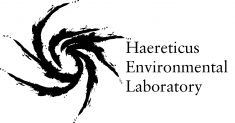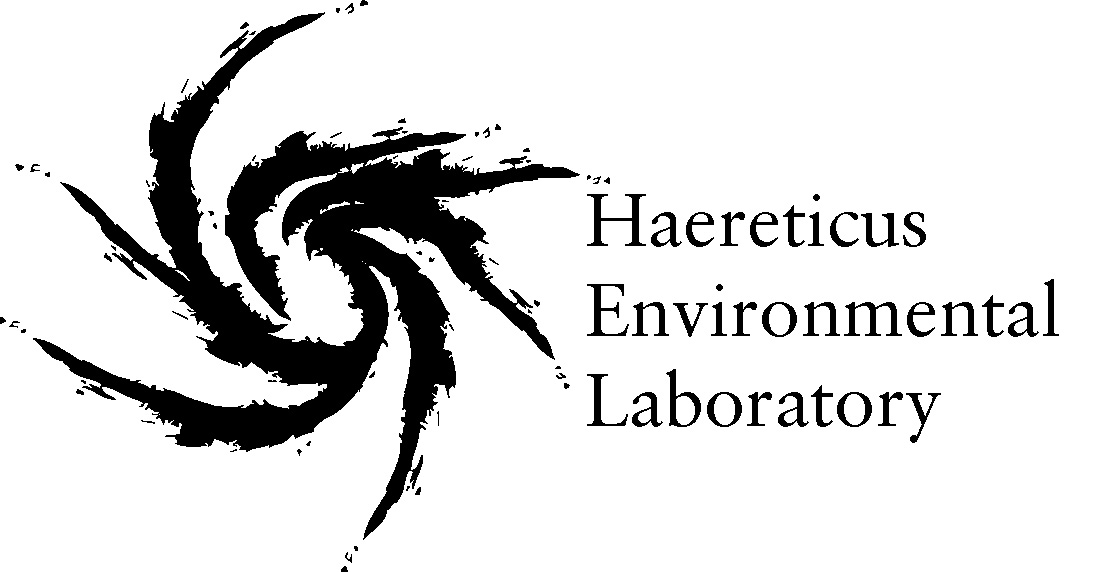Haereticus Laboratory publishes study questioning the safety of some sunscreen chemicals to children
Industry: Healthcare
Scientific study published in Clinical Dermatology Research Journal warns that some chemical sunscreens may be dangerous to children
Virginia (PRUnderground) March 19th, 2019
Major sunburns in early childhood can raise the risk of skin cancers occurring in adults. Sunscreen products are recommended by various health organizations as part of a larger defense against over-exposure to UV rays from the sun. Many of these sunscreen products that are marketed to children can contain a number of petroleum-based sunscreen ingredients, such as oxybenzone, octinoxate, octocrylene, avobenzone, and octisalate.
 Sunscreen products that contain some of these chemicals have been banned in Hawaii and Key West, as well as by countries such as Palau, Bonaire, and Aruba. These chemicals were banned because they posed a threat to the survival of coral reefs and other marine wildlife, but also because of the awareness that these chemicals could have adverse impacts to public health.
Sunscreen products that contain some of these chemicals have been banned in Hawaii and Key West, as well as by countries such as Palau, Bonaire, and Aruba. These chemicals were banned because they posed a threat to the survival of coral reefs and other marine wildlife, but also because of the awareness that these chemicals could have adverse impacts to public health.
In February 2019, the U.S. Food and Drug Administration delisted the 14 petroleum-based UV sunscreen chemicals as being Generally Recognized as SAFE and Effective, meaning that the assumption of their safety is in question, and new toxicological data needs to be provided to verify their safety.
Part of this safety-concern rests with the pre-clinical toxicological data generated by the U.S. Health & Human Services’ National Toxicology Program, showing that some of these chemicals, such as oxybenzone can cause endocrine disruption to reproductive physiology, such as reduced sperm density, reduced prostate in juveniles, changes in the estrous cycle, and reduction in immunity[i],[ii]. In one clinical study, boys who were exposed to oxybenzone exhibited lower testosterone levels[iii]. Oxybenzone exposure has been linked to increases in endometriosis[iv], alterations of lactation expression[v], as well as some birth defects[vi].
The “dose makes the poison” and it was claimed by industry-associated medical doctors that the recommended application of petroleum-based chemical sunscreen was not a threat to public health[vii]. A paper published this week by DiNardo and Downs in the journal, Clinical Dermatology Research Journal, calls that assumption into question[viii]. Using industry-recommended application volumes for sunscreens on children, these independent scientists found that the exposure-concentrations of these petroleum-based sunscreens, (e.g., oxybenzone) could pose a significant health risk to children. These petroleum-based sunscreen chemicals can be readily absorbed by the skin of children, and the more sunscreen you apply to a child, the greater the exposure.
Currently, there are 169 sunscreen products currently sold for use on babies and children that contain oxybenzone and/or the other 5 petroleum-based sunscreen chemicals. The most common concentration of these petroleum-sunscreen chemicals in a bottle of sunscreen is 32%, basically 1/3 of the product contain chemicals that may impact children’s reproductive and developmental health. DiNardo and Downs argue that this is too high of an exposure to children.
Over-exposing children to sunscreen products that contain numerous endocrine disrupting chemicals, because of fears they will get skin cancer, can put a child at risk of hormone suppression and may impact their ability to reproduce later in life. There are more effective means of protecting children from over-exposure to sun than sunscreen, including protective clothing, sun avoidance, or if at the beach, parasols and cabanas. In fact, employment of these primary protective measures means less application of a sunscreen product for less time on a child, thereby reducing the exposure of children to these potentially toxic chemicals.
Request a PDF copy of the scientific paper by emailing info@haereticus-lab.org
Experts and Notables available for interview are:
Dr. Craig Downs, HEL – cadowns@haereticus-lab.org; email to schedule phone appointment
Joe DiNardo, chemicalsrtoxic@gmail.com email to schedule phone appointment
Dr. Denis K.L. Dudley, MD, FRCS(c), Fetal Maternal Medicine/Reproductive Endocrinology OB/GYN physician. DKLD@Rogers.com; Phone: 613-292-8457
Dr. Sharyn A. Laughlin, MD, FRCP, Asst. Professor, Faculty of Medicine, Division of Dermatology, University of Ottawa. slaughlin@rogers.com; Phone: 613-722-8551
Sunscreen Industry Representatives
Caroline Duell, Safe Sunscreen Council www.safesunscreencouncil.org info@safesunscreencouncil.org , Phone: 805-528-4000
Sunscreen Industry Representatives
- Caroline Duell, Safe Sunscreen Council www.safesunscreencouncil.org info@safesunscreencouncil.org , Phone: 805-528-4000
[i] French JE (1992) NTP technical report on the toxicity studies of 2-hydroxy-4-methoxybenzophenone (CAS No. 131-57-7) administered topically and in dosed feed to F344/N Rats and B6C3F1 mice. Toxic Rep Ser 21:1–14.
[ii] Gulati D, Mounce R (1997) NTP reproductive assessment by continuous breeding study for 2-hydroxy-4-methoxybenzophenone in Swiss CD-1 mice. NTIS# PB91158477. Environ. Health Perspect. 105(Suppl 1):313–314.
[iii] Scinicarielle F, Buser MC (2016) Serum testosterone concentrations and urinary bisphenol A, benzophenone-3 (oxybenzone), triclosan, and paraben levels in male and female children and adolescents: NHANES 2011-2012. Environmental Health Perspectives. https://doi.org/10.1289/EHP150
[iv] Kunisue T, Chen Z, Buck Louis GM, et al (2012) Urinary concentrations of benzopheone-type UV filters in U.S. women and their association with endometriosis. Environmental Science & Technolology 46:4624-4632.
[v] LaPlante CD, Bansal R, Dunphy KA, Jerry J, Vandenberg LN (2018) Oxybenzone alters mammary gland morphology in mice exposed during pregnancy and lactation. J Endocrine Society 2:903-921.
[vi] DiNardo JC & Downs CA (2019, in press) Can oxybenzone cause Hirschsprung’s disease? Reproductive Toxicology.
[vii] Wang SQ, Burnett ME, Lim HW (2011) Safety of oxybenzone: putting numbers into perspective. Archives of Dermatology 147:865-866.
[viii] DiNardo JC & Downs CA (2019) Should we use products containing chemical UV absorbing sunscreen actives on children? Clinical Dermatology Research Journal. DOI: 10.4172/2576-1439.1000130



